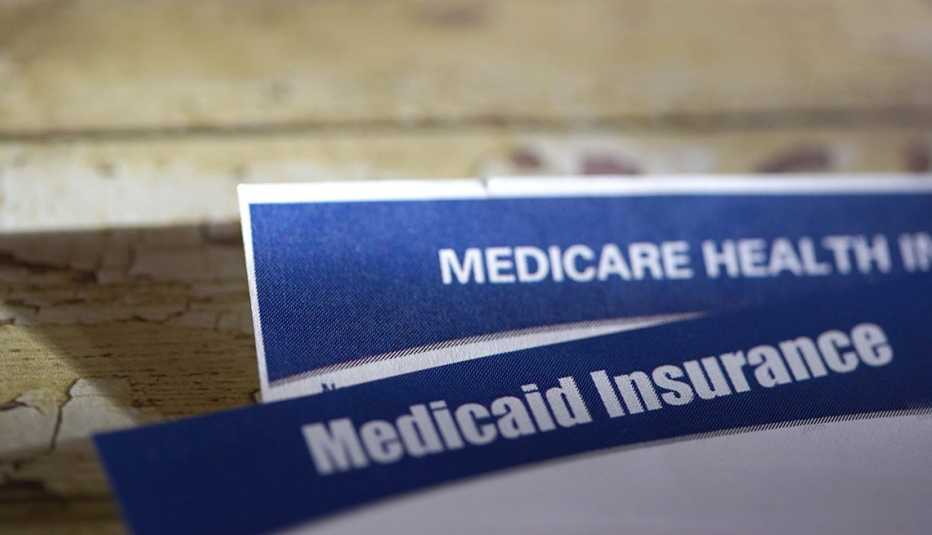AARP Hearing Center


Every year many Medicare beneficiaries are surprised to learn that they can face thousands of dollars in costs above what the federal government pays for their health care.
There are premiums, deductibles, copays and coinsurance — costs that vary depending on whether you select original Medicare or a Medicare Advantage plan, where you live, how healthy you are and how much medicine you take.
But there is some financial relief available for older Americans who have low or very low incomes and few assets. Depending on your finances, you could qualify to become what is called a “dual eligible,” someone who can enroll in both Medicare and Medicaid. Even if your income is not low enough for you to qualify for full Medicaid benefits, you may be eligible for one of the four Medicare Savings Programs that can help you pay for all or some of those costly out-of-pocket Medicare expenses. And you can enroll in Medicaid and the savings programs at any time — not just during the Medicare open enrollment period.
Medicaid is funded by both the federal and state governments. While there are some national eligibility and benefit requirements, each state has its own Medicaid eligibility standards and decides which optional services it will cover and how much it is willing to pay for health care that Medicare doesn’t cover.
Here’s what you need to know about the dual eligible programs:
What might Medicaid pay for that Medicare doesn’t?
- The premium for Medicare Part B, which covers doctor visits and other outpatient services. That monthly premium will be $164.90 in 2023.
- The Medicare Part B deductible, which will be $226 for 2023.
- The Medicare Part A (hospital insurance) deductible, which for 2023 will be $1,600 for hospital stays.
- Both Medicare Part A and Part B copays and coinsurance.
- The Medicare Part D premium, deductibles and copays for prescription drugs. Coverage for those costs is available through the Extra Help program, which Medicaid and Medicare Savings Program enrollees automatically qualify for.


































































Learn More
How Medicare works after a public service career
Retired government workers and military members have choices to makeBy Dena Bunis